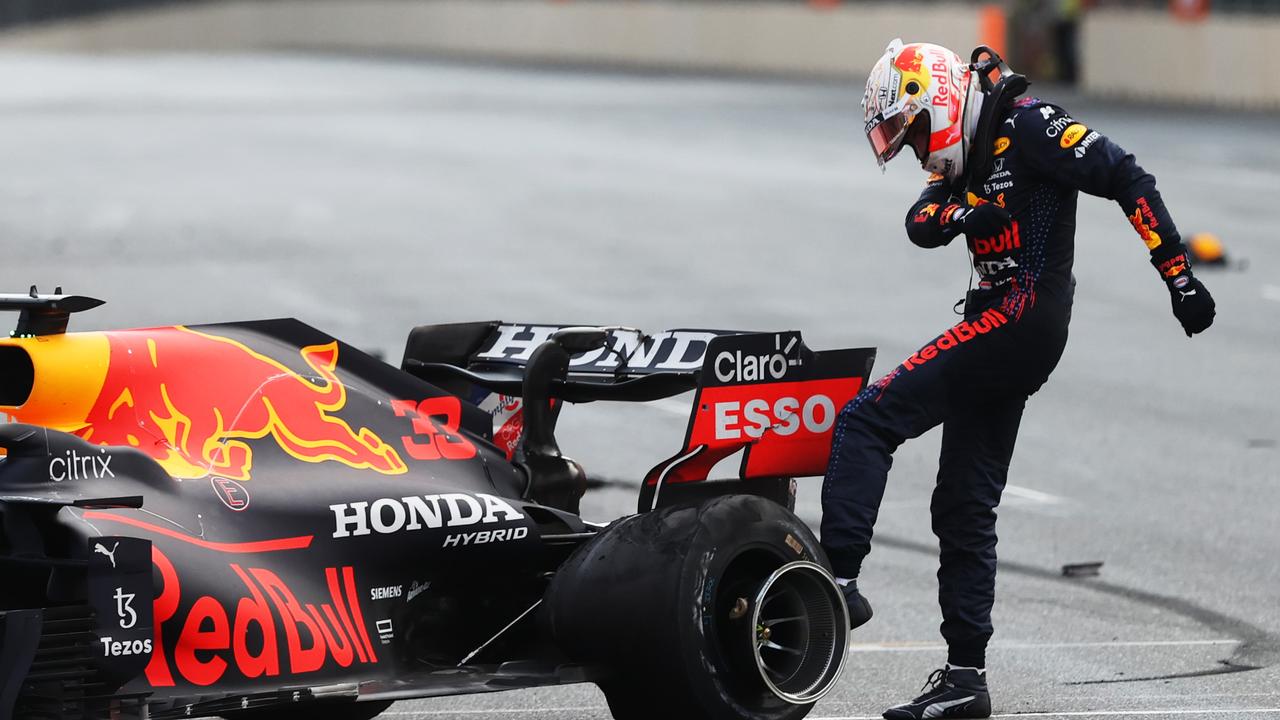The F1 community was left fuming after a catastrophic timing system failure marred the Bahrain Grand Prix, causing chaos for drivers and fans alike. What was meant to be an exciting start to the 2025 season turned into a frustrating and confusing ordeal, as the timing system malfunctioned, leaving drivers unsure of their positions during the race and fans in the stands bewildered.

As the race unfolded, it became apparent that the timing screens, which provide real-time updates on race positions, lap times, and sector splits, were not functioning as expected. Drivers, accustomed to relying on this critical information to gauge their performance and strategy, were left navigating the track without a full understanding of where they stood in relation to their competitors. The lack of accurate data also caused teams to make erroneous decisions in terms of pit stops, tire strategies, and race pacing, further complicating the situation.

The chaos was not limited to those on the track. Fans, who expect a seamless viewing experience, were equally frustrated as the broadcast coverage failed to provide consistent and accurate timing updates. Social media quickly erupted with angry comments and complaints, as spectators expressed their disbelief over the failure of such a critical system in a high-stakes event. It became clear that the timing issues were not a minor glitch, but a significant breakdown in the technology that forms the backbone of modern motorsport.
For drivers, the lack of timing data meant they were left in the dark, unable to make informed decisions during crucial moments of the race. At times, drivers had no idea whether they were closing in on rivals, maintaining their positions, or even being overtaken. This uncertainty led to a sense of unease, as split-second decisions are paramount in Formula 1, and without accurate information, mistakes were inevitable.
The timing failure also drew criticism from team principals, who voiced their frustration at the lack of contingency plans for such a scenario. With the enormous stakes of Formula 1 racing, the failure of such a fundamental system raised serious questions about the sport’s preparedness for technological challenges. In a sport where precision and reliability are paramount, the timing disaster has left many questioning whether the F1 management has become too reliant on technology without having a solid backup plan.
In the aftermath of the race, the FIA issued an apology, acknowledging the technical failure and promising to investigate the causes behind the breakdown. However, for many, this apology felt too little, too late. The timing disaster not only disrupted the race but also undermined the trust that fans and drivers place in the sport’s ability to deliver a fair and accurate competition.
With the season now in full swing, the Bahrain GP fiasco serves as a harsh reminder that Formula 1 must not only push the boundaries of performance on the track but also ensure that the technology supporting the race is up to the task. Fans and drivers alike will be hoping that future races are free from such disruptions, as the sport works to rebuild its reputation for reliability and precision.





